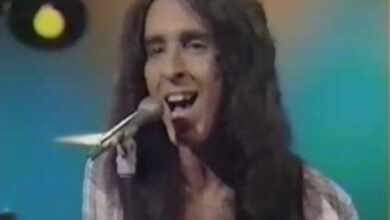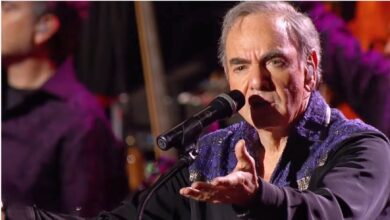Charlie Rich’s “The Most Beautiful Girl” Bridges Country and Pop in 1973
In 1973, Charlie Rich released “The Most Beautiful Girl,” a song that not only topped the country charts but also achieved significant crossover success, reaching No. 1 on the Billboard Hot 100 and Adult Contemporary charts. This achievement marked a pivotal moment in Rich’s career and in the broader landscape of American music, showcasing the potential for country artists to appeal to a wider pop audience.
Charlie Rich, born in Colt, Arkansas, in 1932, was a versatile musician whose early career was rooted in jazz and blues. Before his country success, Rich recorded for Sun Records in the late 1950s, where he was known for his rockabilly and jazz-influenced tracks. His eclectic musical background set him apart from many of his contemporaries in the country genre.
“The Most Beautiful Girl” was penned by Billy Sherrill, Norro Wilson, and Rory Bourke. The songwriters aimed to craft a ballad that resonated with universal themes of love and regret. Interestingly, the song was a fusion of two separate compositions: Wilson’s “Hey Mister” and “Mama McCluskie,” which were combined to create the final version recorded by Rich.
Produced by Billy Sherrill, a key figure in the development of the countrypolitan sound, the recording featured lush string arrangements and Rich’s smooth, emotive vocals. The production’s polished style was instrumental in appealing to both country and pop audiences, blurring the lines between the genres.
Upon its release, “The Most Beautiful Girl” received widespread acclaim. It held the No. 1 spot on the Billboard Hot 100 for two weeks and topped the country and adult contemporary charts for three weeks each. The song’s success was a testament to its broad appeal and the effectiveness of its crossover production.
Culturally, the song played a significant role in bringing country music to mainstream pop listeners. Its success demonstrated that country artists could achieve substantial popularity outside their traditional audience, paving the way for future crossover hits by other artists.
For Charlie Rich, the song was a career-defining moment. It elevated him to new heights of fame and earned him several accolades, including a Grammy Award for Best Male Country Vocal Performance and multiple Country Music Association awards. The success of “The Most Beautiful Girl” solidified Rich’s status as a leading figure in country music.
The song’s influence extended beyond Rich’s career. It contributed to the growing trend of countrypolitan music, characterized by its smooth production and appeal to pop audiences. This style would become increasingly prominent in the 1970s, influencing numerous artists and shaping the direction of country music.
Over the years, “The Most Beautiful Girl” has been covered by various artists, including Johnny Mathis and Ferrante & Teicher, each bringing their unique interpretation to the song. These covers attest to the song’s enduring popularity and its impact on artists across different genres.
At the time of the song’s release, Rich was experiencing a resurgence in his career. The success of “The Most Beautiful Girl” and the album Behind Closed Doors marked a significant comeback, reestablishing him as a major force in the music industry.
Decades later, the song remains a staple on classic country and oldies radio stations. Its timeless theme and Rich’s heartfelt performance continue to resonate with listeners, ensuring its place in the pantheon of classic American songs.
The production techniques used in “The Most Beautiful Girl,” particularly the integration of orchestral elements into country music, influenced subsequent recordings in the genre. The song’s success demonstrated the commercial viability of blending traditional country with pop sensibilities.
Charlie Rich’s contributions to music were recognized posthumously with his induction into the Memphis Music Hall of Fame. His innovative approach and crossover success left an indelible mark on the music industry.
In reflection, “The Most Beautiful Girl” stands as a testament to Charlie Rich’s versatility and the evolving nature of country music in the 1970s. Its success bridged musical genres and brought country music to a broader audience, highlighting the universal appeal of well-crafted songs.
The song’s legacy endures, not only as a highlight of Rich’s career but also as a milestone in the history of country and pop music. Its blend of heartfelt lyrics, polished production, and crossover appeal continues to inspire artists and captivate audiences worldwide.



